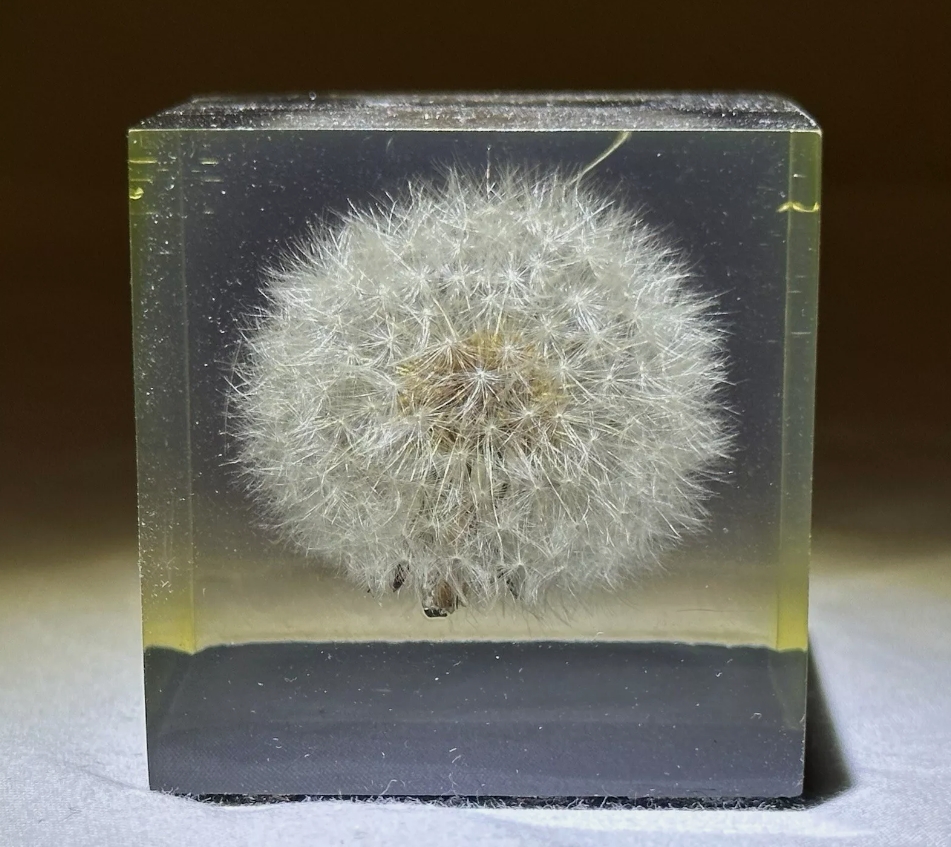Plant specimen is an important scientific tool, which helps researchers to record and study the characteristics of plants and their ecological environment through the collection and processing of plant samples. The preparation of specimens usually includes steps such as collection,drying,pressing and preservation. The researchers selected representative plant individuals to collect in appropriate seasons and climatic conditions to ensure the scientific and accurate samples.
When collecting plants,in addition to choosing healthy plants, it is also necessary to pay attention to the location of collection. Usually, flowers, fruits, leaves and stems are the main parts, and relevant growth environment information,including soil type,climate conditions and associated plants, should be recorded. This information provides important background for subsequent studies to help analyze the ecological habits of plants.
Drying is an important step in the preparation of plant specimens, which can effectively prevent spoilage and mildew by rapidly removing water from plant samples. The common method is to clip the plant in a special drying paper and press it with heavy weights to ensure that the specimen is flat and can be preserved for decades or more after drying. Once made, the specimen is usually stored in a special specimen cabinet for easy access and study.
Plant specimens are not only used as basic data for scientific research, but also play an important role in the fields of education, environmental monitoring and ecological protection. Academic institutions conduct research on plant taxonomy,ecology and evolutionary biology through the analysis of specimen data to advance the understanding of plant diversity and its conservation. In addition,plant specimens are also an effective tool for monitoring ecological changes,and the accumulation of long-term data can effectively reveal the impact of environmental changes on plant communities.
















